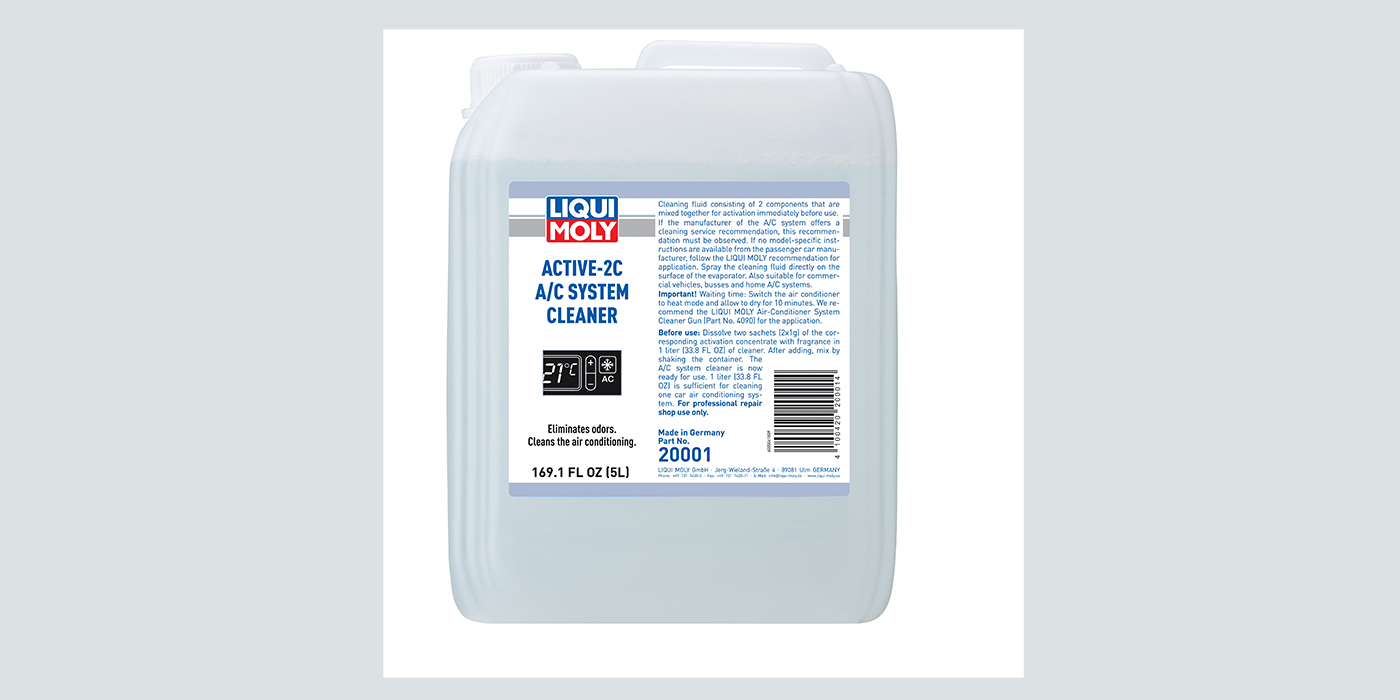The 2011 mobile A/C service and repair season is approaching and the potential of increased cost of HFC-134a is a source of concern for the mobile A/C aftermarket. The concern is that market conditions will lead to improper refrigerant substitutions in mobile A/C systems.
The Mobile Air Conditioning Society (MACS) Worldwide strongly recommends the use of a refrigerant identifier during mobile A/C service to inform the technician of the chemical content of the refrigerant in a mobile A/C system and to verify the content and purity of refrigerant purchased in cylinders.
Paul DeGuiseppi, MACS manager of service training, said the refrigerant identifier should conform to SAE standard J-1771. “My primary rule when working with refrigerants is, verify and identify,” he said. “Verify that what you think is in a refrigerant cylinder is actually what’s in it and identify what is in a vehicle system before you begin work on it. This practice will allow for a proper repair and prevent possible contamination of mobile A/C systems or service and repair equipment.”
Current market conditions require the service industry to be vigilant when servicing mobile A/C systems and follow the vehicle manufacturer’s service requirements. If non-OEM approved refrigerants are installed in HFC-134a systems, possible concerns include:
• System cooling performance
• System reliability
• Material compatibility
• Chemical damage from blend refrigerants to system lubricant, seals and hoses
• Contamination with lubricants required for blend refrigerants; and
• Safety.
Current mobile A/C systems are not designed to use flammable refrigerants. Using these may create additional concerns.
• Under the U.S. Clean Air Act, any refrigerant blend that contains CFCs, HCFCs or HFCs cannot be vented by anyone and must be recovered at service or vehicle disposal.
• Only technicians certified under the U.S. Clean Air Act can purchase blend refrigerants that contain CFCs or HCFCs.
• Service facility contamination from other refrigerants and contamination of shop tools including charging and recovery/recycle equipment is possible.
Equipment that is certified to meet the SAE standards and the Clean Air Act to service CFC-12 or HFC-134a mobile A/C systems should not be used to recover or recharge a blend or other refrigerant due to contamination and possible damage to the equipment and other mobile A/C systems.
For more information, visit www.macsw.org.











